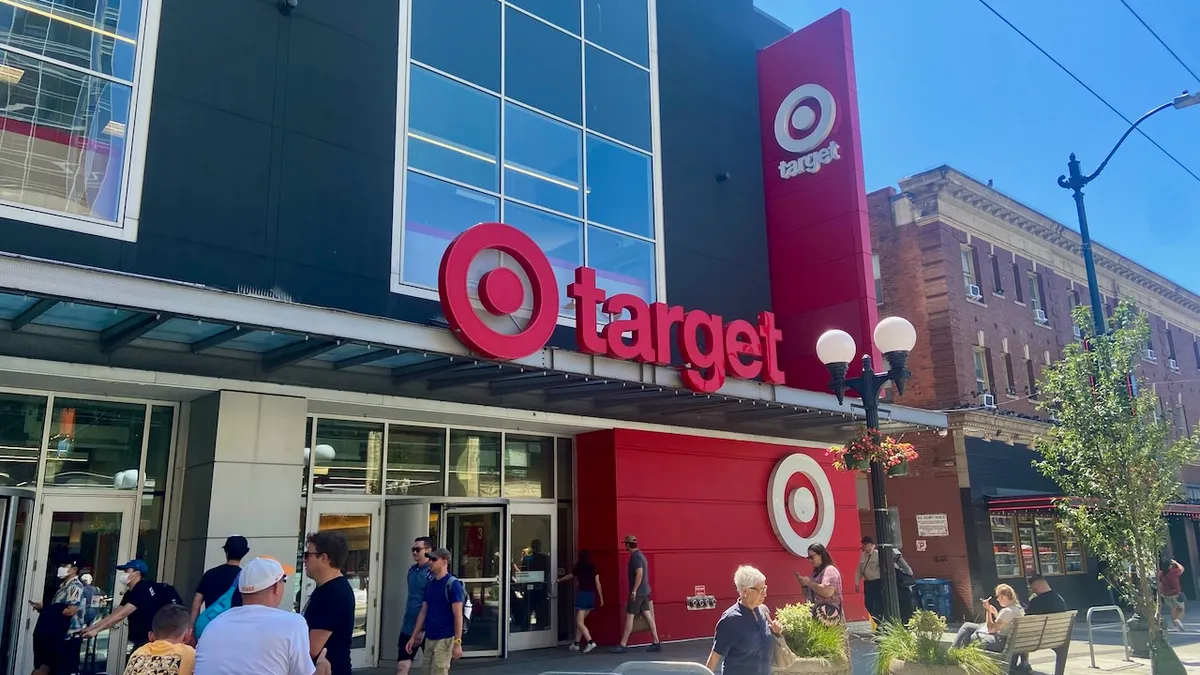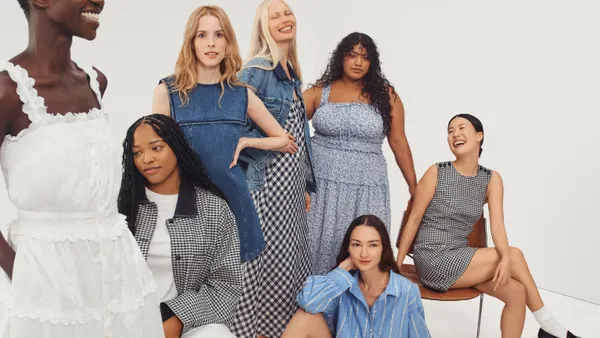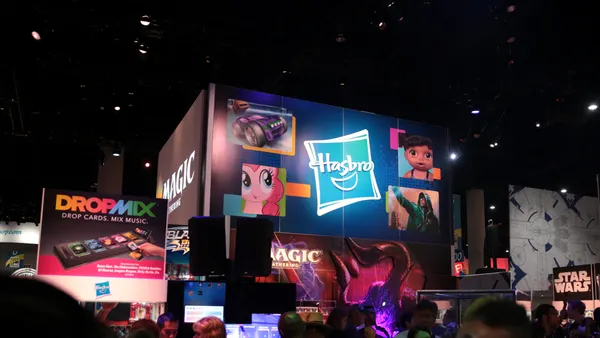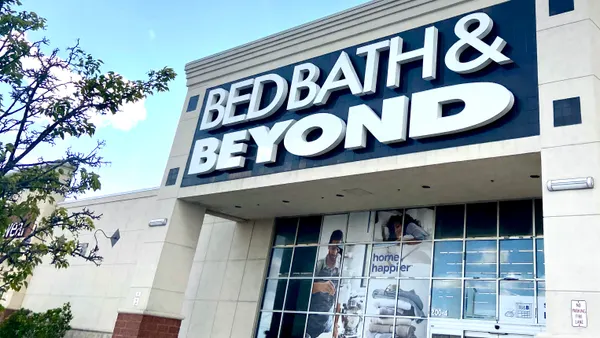Dive Brief:
- Target swung back to growth in the second quarter with sales rising 2.6% to $25 billion, up from $24.4 billion a year earlier, the company said Wednesday. Net earnings rose nearly 43% to $1.2 billion, up from $835 million year over year. Operating income was $1.6 billion for the quarter, up 37% from $1.2 billion a year ago.
- Traffic drove comparable sales growth, with overall comps rising 2% year over year in Q2, while store comps rose 0.7%. Digital comps rose 8.7%. Q2’s gross margin was 29%, compared to 27% a year ago.
- Same-day services accounted for over two thirds of digital sales. Drive up was the largest share of digital, generating sales of $2 billion in Q2 and over $4 billion so far this year, CEO Brian Cornell said during an earnings call.
Dive Insight:
The retailer saw improved sales trends in apparel, beauty and food and beverage in Q2 in addition to positive consumer reaction to the price reduction on 5,000 most frequently purchased items this summer. Target also benefited from good cross category engagement during Target Circle Week in July, Cornell said.
Although American families remain under economic pressure, “we see a consumer that is still willing and able to spend,” Rick Gomez, Target’s recently appointed chief commercial officer, said during the call. “Yes, they’re still being choiceful. Yes, they’re budget conscious. And yes, they’re hunting for deals and everyday value. But they’re also willing to shop when they find that right combination of fashion and newness at the right price.”
Loyalty sales also contributed to the sales turnaround. About two thirds of transactions during Target Circle week were by loyalty program members and Target Circle added 2 million members in Q2. The loyalty program, which relaunched in Q1 with free and paid tiers, currently has over 100 million members overall, Cornell said.
While Target’s home and hardline trends remain softer than apparel, Gomez said the retailer has seen meaningful trend improvement over the last year. In home, Q2 comps accelerated by more than 7% points compared with the first quarter, and early results in the back-to-school season are within expectations, he said.
Target's second quarter comp sales and profitability “eases the dual fears of increased competition and a weakening consumer,” Bill Kirk, managing director of Roth MKM, said in a Wednesday note.
“In recent quarters, Target's profitability has surprised to the upside, and the noted 1Q re-emergence of higher markdowns and increased investment in pay and marketing did not appear to slow that momentum,” Kirk said.
Looking ahead, Gomez noted that the back-to-school shopping season will continue into Q3, during which more than 70% of customers shop at Target. Halloween also falls in the third quarter and Target plans to offer an assortment for that fall holiday that is 75% new this year, Gomez said.
The company maintained its previous full year guidance of a 0% to 2% comp sales rise but said the increase is likely to fall in the lower half of the range.
“Target’s results will also come as a general relief for the retail economy and is another proof point that while consumers remain constrained and cautious they are not in recession mode,” Neil Saunders, managing director of GlobalData, said in emailed comments. “As a retailer that is more skewed towards discretionary purchases, Target is a more important signaler than Walmart in this regard.”
However, while Q2’s results indicate Target is back on a positive trajectory, Saunders said the retailer still needs to focus on improving store environments, checkout procedures, and addressing customer dissatisfaction and frustration with locked up merchandise in some stores. “In a market where every dollar and every customer matters, Target needs to review these things to ensure it is both defending and advancing its market share,” Saunders said.














